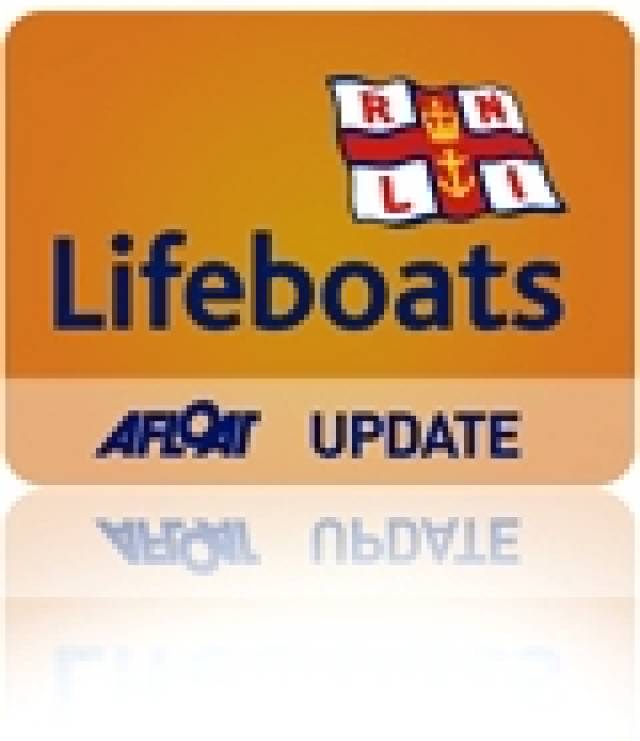Preliminary figures* for summer 2009, issued today (Friday 25 Sept) by the Royal National Lifeboat Institution (RNLI), show the charity's lifeboats had one of their busiest summer holiday seasons. The figures show a 12 per cent increase in Irish lifeboat launches when compared to the same time last year.
RNLI lifeboats in Ireland launched 424 times during June, July and August (compared with 379 in 2008) indicating demand for lifesaving services by holidaymakers and day trippers remains on an upward trend.
The busiest Irish lifeboat station was Bangor in Northern Ireland, launching 31 times during the summer, followed by Dun Laoghaire with 25 recorded launches. Arranmore lifeboat in County Donegal and the Aran Islands lifeboat in Galway both launched 21 times each. This was followed by Portrush lifeboats in County Antrim with 19 launches and Dublin lifeboat station Howth with 18 calls for assistance.
Commenting on the figures RNLI Training Divisional Inspector Owen Medland said, 'This increase in summer lifeboat launches shows a strong need for continued sea safety messages to all water users and also that the demand on our volunteer lifeboat crews remains high all year round. The busiest lifeboat crews this Summer were from all around Ireland and included popular tourist destinations. We never know when the next call for assistance will come from but we do know that our lifeboat crews will be ready.'
RNLI Operations Director, Michael Vlasto, added: 'We have seen an increase in demand for our services this summer. This may be due to the many more people who holidayed at home this year. There is a greater range of water-based activities and access to relatively cheap or pre-owned equipment, so more people are now using the sea for leisure. While the majority enjoy their watersports without getting into trouble, some end up needing the help of the RNLI's lifeboat volunteers, so it's really important that this group of sea users supports us.'
As a charity, the RNLI relies totally on the generosity of the public to fund its services. It costs •1,530 per year to train a crew member. The RNLI offers free all-year-round safety advice for sea users and beach visitors at www.rnli.ie.































































